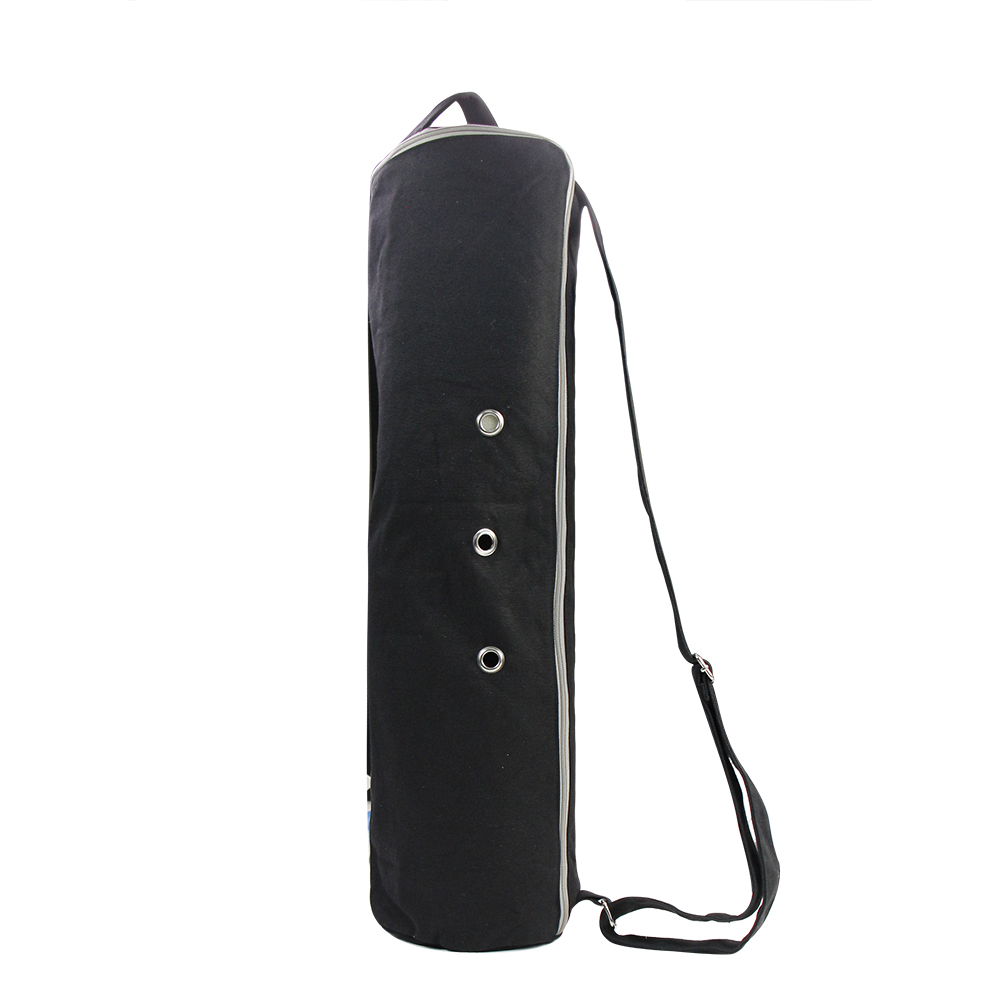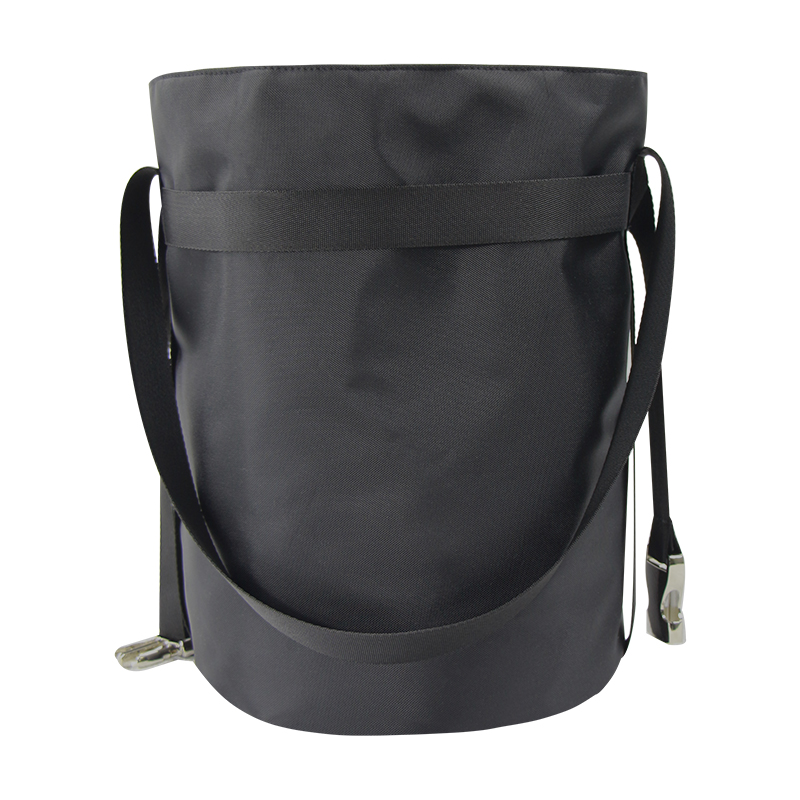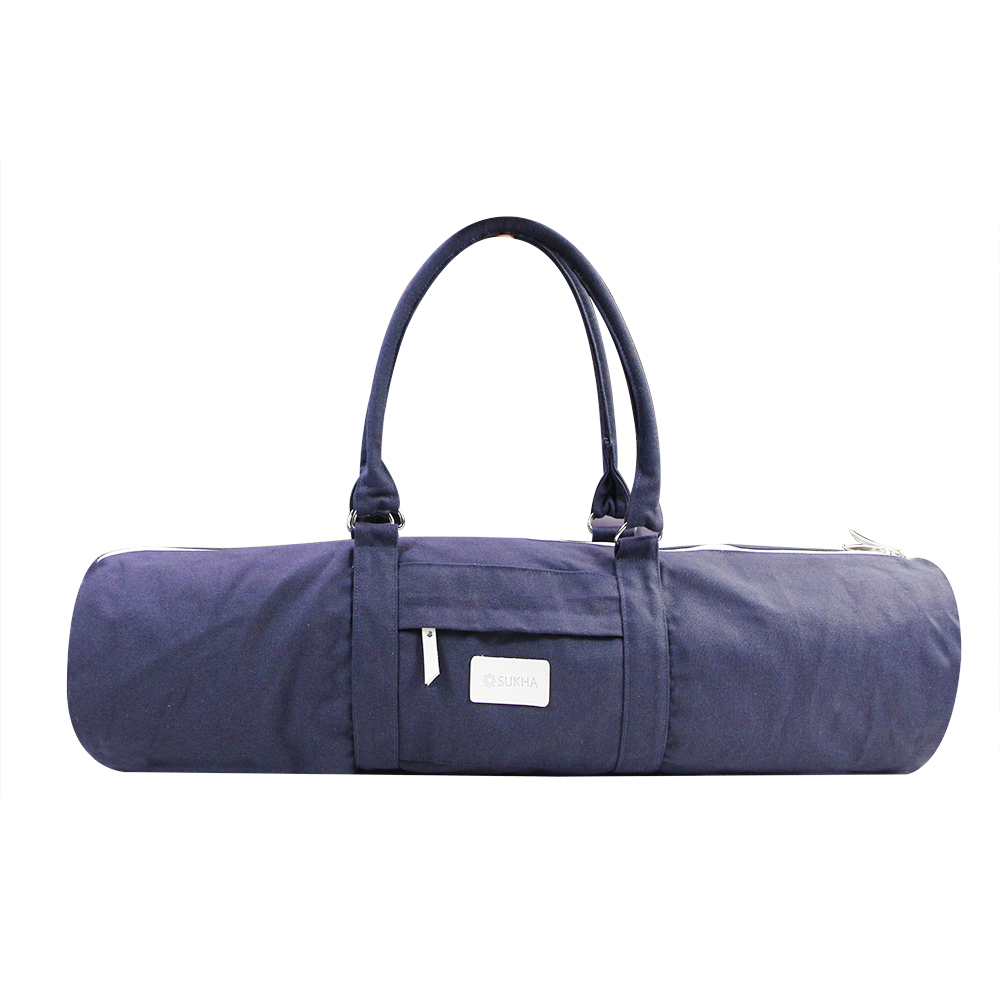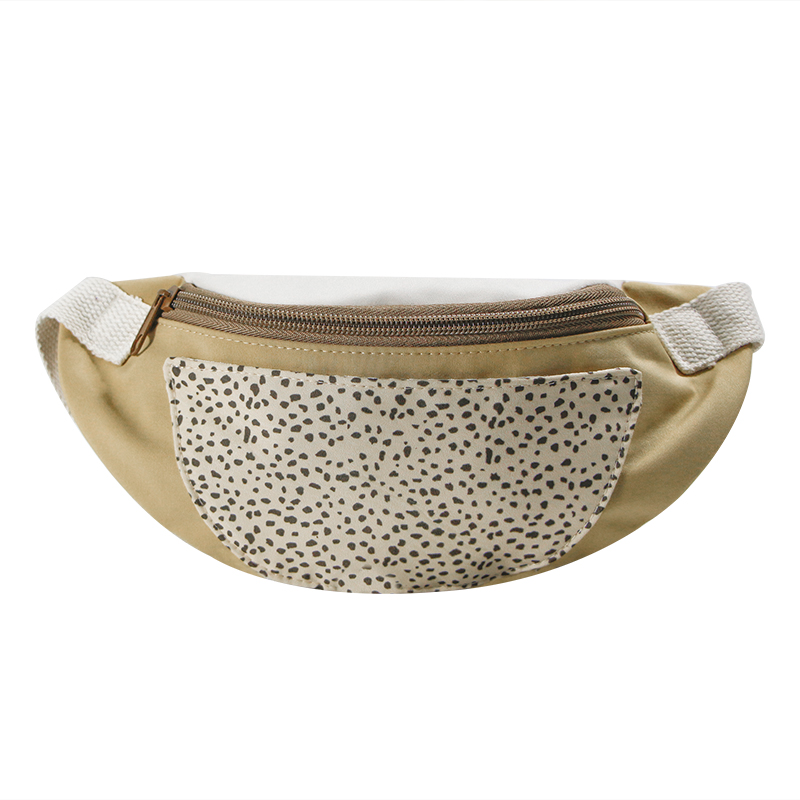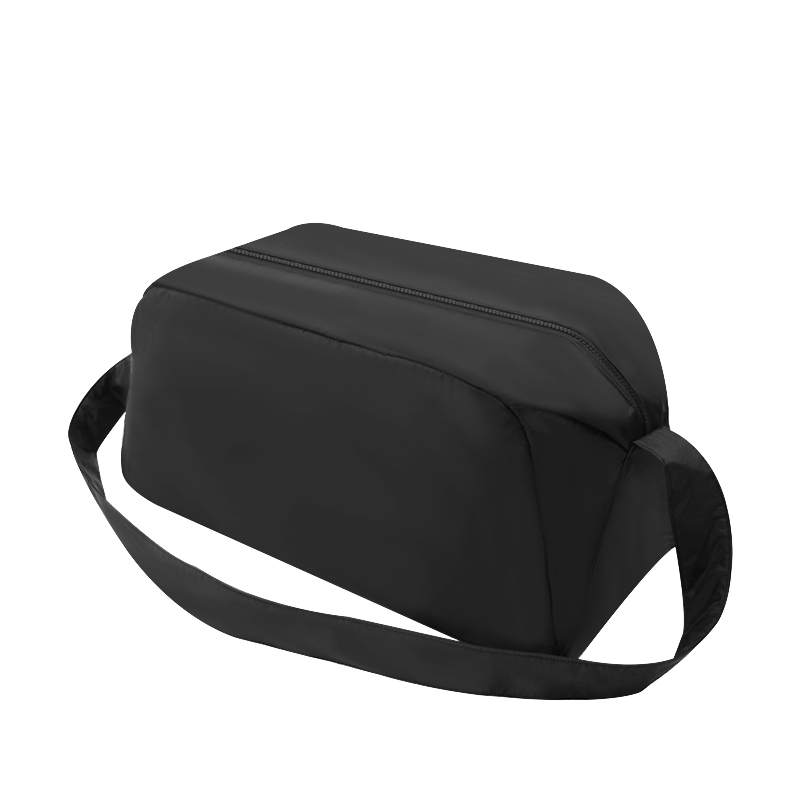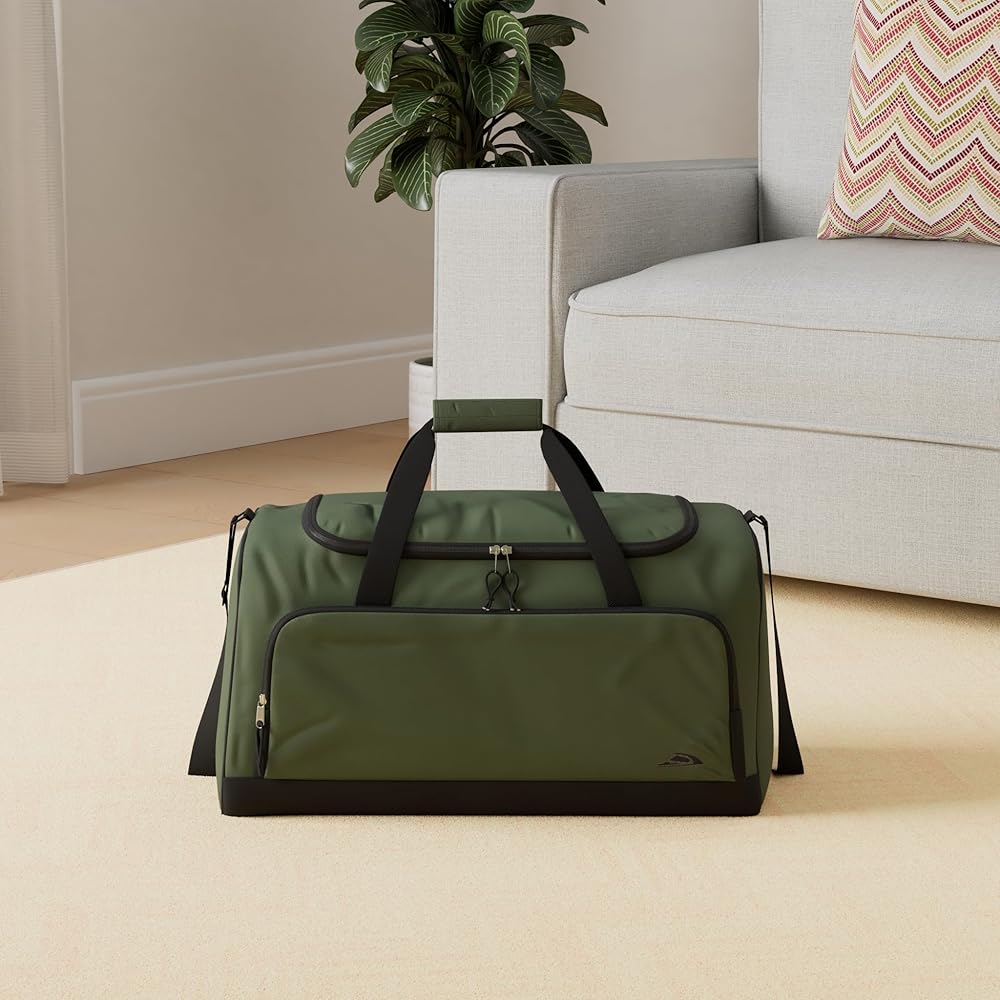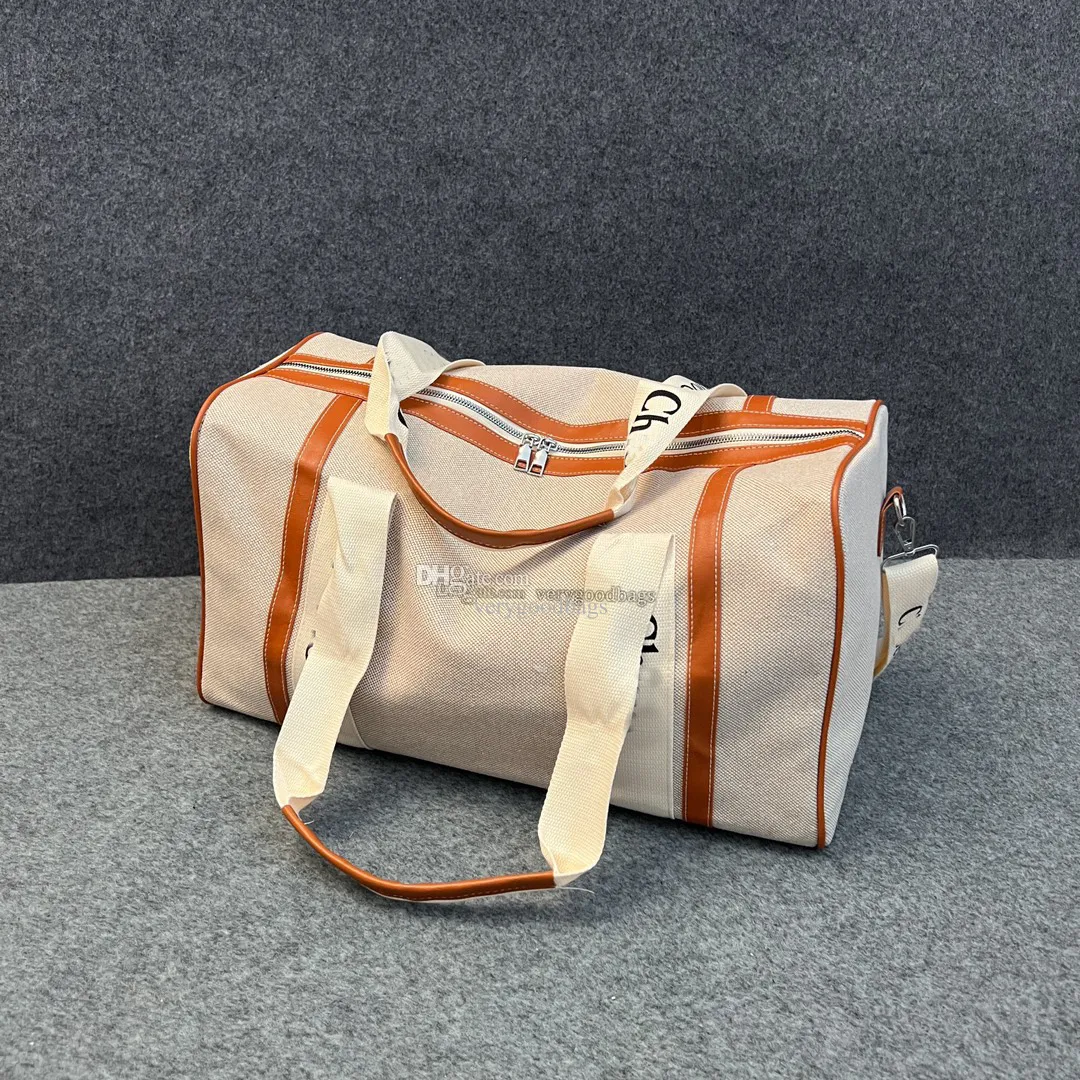What are the best materials for sport bags?
Fitness and sports have become an essential part of modern life, helping individuals relieve stress and fatigue. With the advancement of time and increased emphasis on healthy living, fitness has become an integral aspect of daily routines. Choosing the right material for a sports bag is crucial because it directly impacts the bag’s durability, functionality, and overall performance. Whether you’re a professional athlete, a weekend fitness enthusiast, or a frequent traveler attending competitions, the right materials will ensure that your gear is protected, the bag remains comfortable to carry, and the investment lasts longer. In this blog, we will explore the best materials commonly used in sports bags, analyze their characteristics, and provide expert insights to help you understand why sports enthusiasts favor these materials.
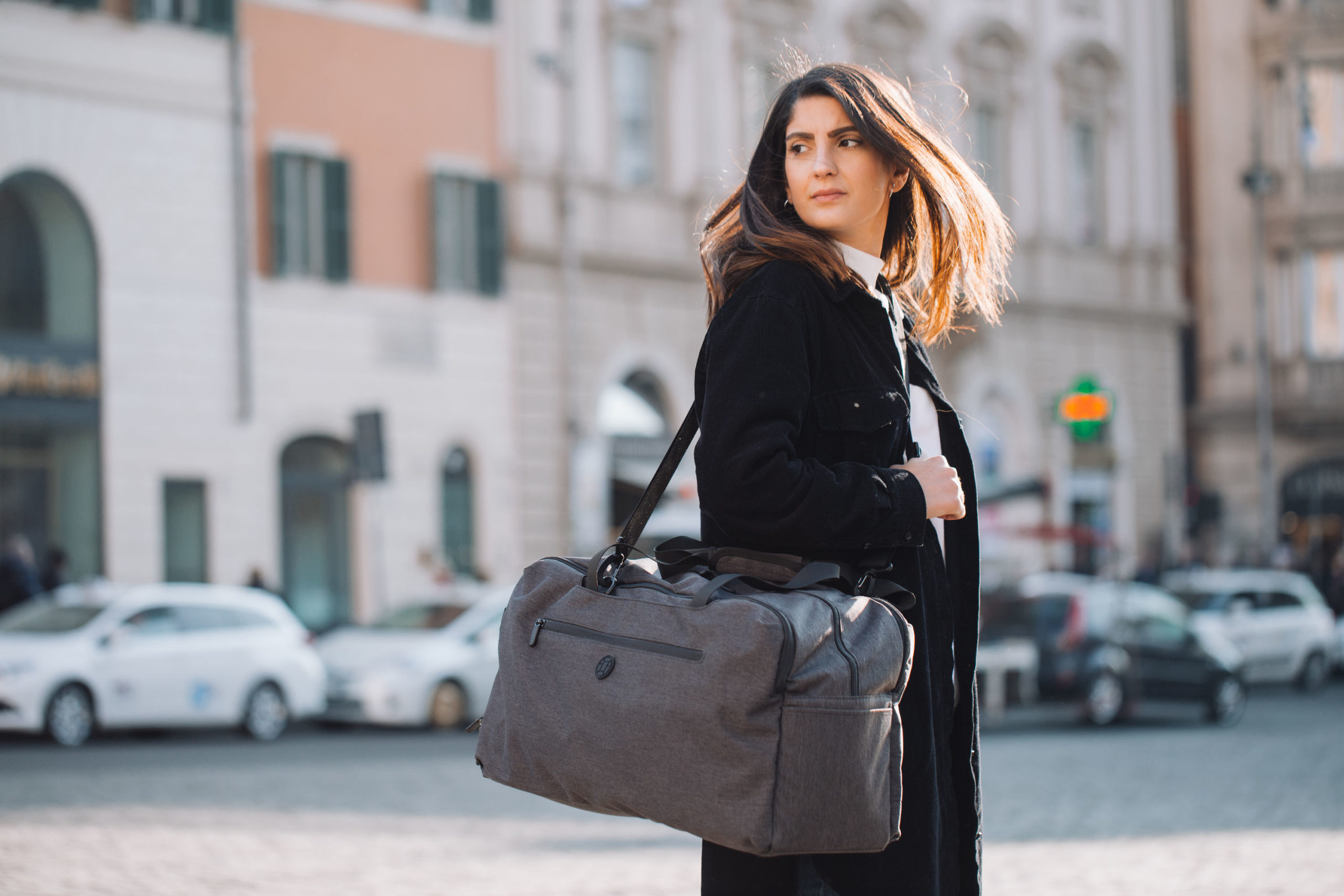
1. Nylon: Durable and Lightweight
Nylon is one of the most common materials used in sports bags. It is favored for its versatility, lightness, and durability, making it a preferred choice for sports bags, travel duffels, and backpacks. Nylon is a synthetic fabric known for its resistance to abrasion, water resistance, and UV protection—traits that are important for sports bags subjected to frequent use.
Nylon Sports Bag
Nylon’s lightweight yet sturdy nature makes it an ideal material for carrying a lot of gear without making the bag too heavy. Compared to other fabrics like leather or canvas, nylon is more affordable, making it accessible to most consumers. Additionally, nylon inherently resists moisture, which is especially useful for storing damp clothes or gear after a workout.
According to a global sports bag market report (2023), nylon holds over 40% of the sports bag market share, primarily because of its excellent value for money and its ability to perform well under various weather conditions, particularly in sports like running and cycling where the bags are exposed to sweat, moisture, and outdoor environments.
However, despite its durability, nylon bags may show scratches or wear over time. Furthermore, nylon isn’t as breathable as other materials, which could lead to trapped moisture or unpleasant odors inside the bag.
If you engage in outdoor activities or need a gym bag that can handle both wet and dry gear, nylon is undoubtedly a great choice. It’s perfect for training bags, gym backpacks, and weekend travel bags, especially for those seeking something lightweight and easy to maintain.

2. Polyester: Tough and Waterproof
Polyester is another popular synthetic material used for sports bags, praised for its toughness, water resistance, and long-lasting durability. Like nylon, polyester bags are often more resistant to fading, shrinking, and stretching, making them a great choice for long-term use in various environments.
Polyester Sports Bag
Polyester boasts high tensile strength, making it an excellent material for carrying heavy items. It is also wrinkle-resistant and maintains its shape, even with prolonged use. The durability of polyester makes it ideal for sports bags that need to withstand frequent gear transportation.
One of polyester’s key advantages is its water resistance. While it’s not completely waterproof, polyester can resist light rain and moisture. Many polyester sports bags come with an additional water-resistant coating to enhance their water protection.
According to Statista (2022), polyester sports bags have become significant competitors in the market, particularly in urban areas, where consumers are increasingly opting for multifunctional, easy-to-maintain bags. Polyester doesn’t absorb moisture and is easy to clean, making it ideal for gym bags and travel bags.
Polyester is suitable for sports bags used in various environments, especially for fitness, travel, or outdoor activities, as it can handle harsh weather and is easy to clean. If you need a durable, water-resistant, and easy-to-maintain bag, polyester is a solid choice.
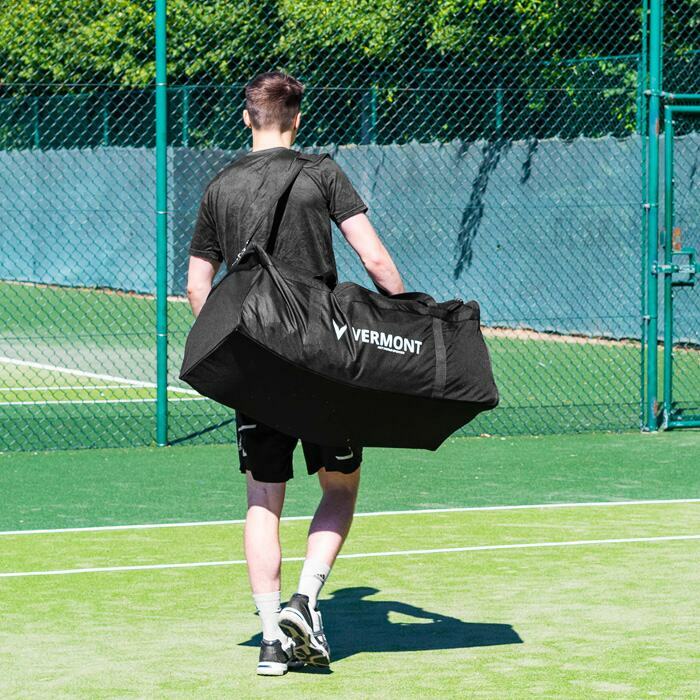
3. Leather: High-End and Stylish
Leather may not be the first material that comes to mind for sports bags, but it offers luxury, durability, and timeless style. While leather bags tend to be heavier than synthetic ones, they are loved for their unique appearance and long-lasting nature.
Leather Sports Bag
Leather is a natural material known for its strength, flexibility, and the unique patina it develops over time. It is ideal for those who want a bag that is both functional and stylish. Leather also offers relatively good water resistance, particularly if it’s treated with protective coatings.
One of the leather’s key advantages is its durability over time. With proper care, a leather bag can last for years. Leather bags are not easily moisture-absorbing, which means that even when storing damp sports gear, they don’t retain unpleasant smells.
However, leather requires regular care to avoid cracking or losing its luster. Also, compared to nylon or polyester, leather is more expensive and heavier, which might not appeal to those who prefer lightweight, low-maintenance bags.
Leather sports bags are best for those who want both style and functionality. They are perfect for business or travel purposes, as they can meet sports needs while also adding a sophisticated look. Leather bags are also ideal for smaller travel or weekend bags, especially for users who prioritize aesthetics and long-term use.
4. Canvas: Classic and Eco-Friendly
Canvas is a fabric typically made from cotton or linen, known for its classic look and eco-friendly properties. Although its water resistance is not as high as synthetic materials, the canvas is still highly durable and can withstand significant wear and tear. Additionally, canvas is a biodegradable, environmentally friendly material, making it a popular choice for eco-conscious consumers.
Canvas Sports Bag
Canvas bags are sturdy and durable, offering a vintage outdoor aesthetic that appeals to many sports enthusiasts. The fabric is tightly woven, making it both robust and resistant to stretching or heavy weights. Canvas can also be treated with a water-resistant coating, but untreated canvas is less water-resistant.
As an eco-friendly material, canvas is gaining popularity among consumers, especially those concerned about sustainability. Canvas bags are versatile, easily transitioning from sports bags to everyday backpacks, and are relatively easy to maintain.
However, a major drawback of canvas is that it tends to be heavier than nylon or polyester. Unless treated, canvas doesn’t offer strong water resistance, making it less ideal for extended use in wet conditions.
Canvas is perfect for users seeking a durable, eco-friendly sports bag. It’s especially suitable for gym bags, weekend bags, and travel bags for those who aren’t concerned about weight and prefer a classic, natural style.
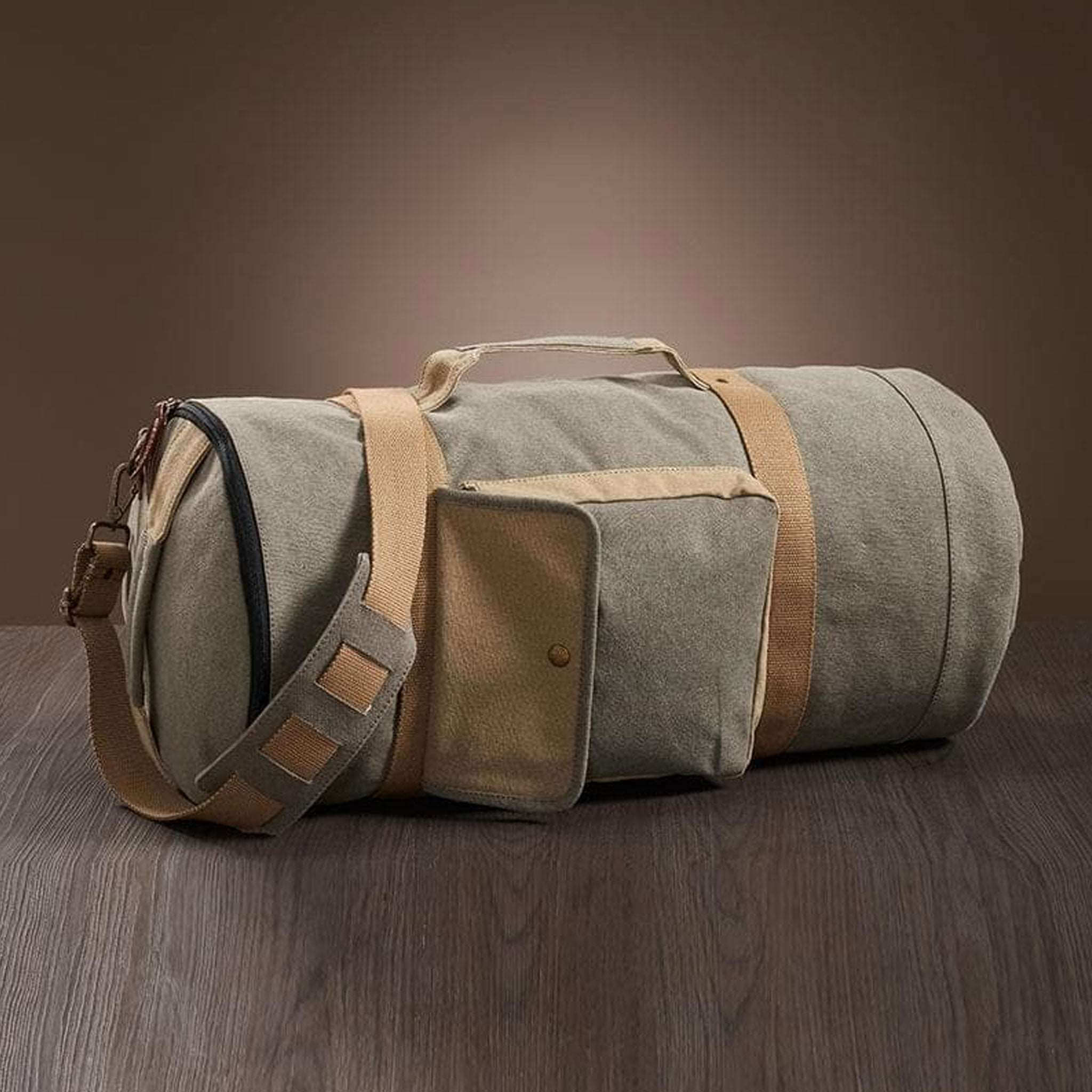
5. Tear-Resistant Fabrics: Lightweight and Strong
Tear-resistant fabrics are specially woven to prevent tearing and damage, often used in outdoor gear like tents and parachutes. This fabric is gradually being adopted for sports bags, particularly those designed to withstand harsh environments.
Tear-Resistant Fabric Sports Bag
Tear-resistant fabrics are highly durable due to their reinforced structure. They are lightweight and resistant to tearing, making them ideal for sports bags used in extreme conditions such as hiking, cycling, or traveling. These materials are often water-resistant and, with additional coatings, can withstand more extreme weather conditions.
The main advantage of tear-resistant fabrics is their ability to resist tears and scratches, especially when carrying sharp or rugged items. This makes them particularly suited for outdoor sports or bags that are frequently used in harsh environments.
Tear-resistant fabrics are ideal for athletes needing to handle tough conditions. They are commonly used in backpacks, gym bags, and travel bags, especially for those who often face difficult environments.
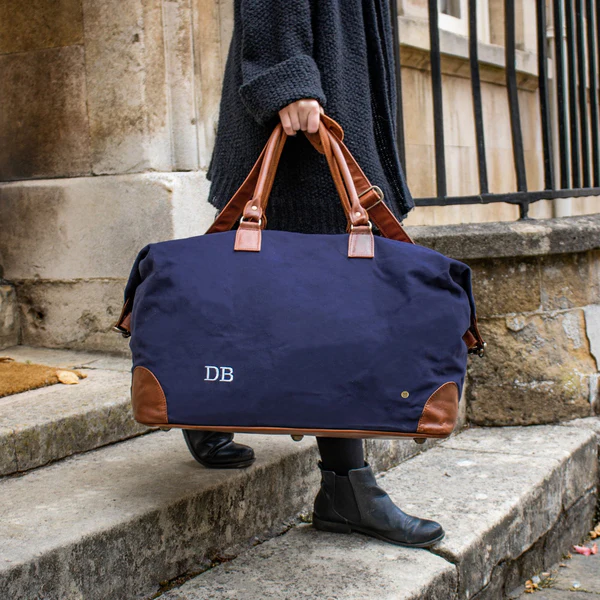
Conclusion
The best material for a sports bag depends on the user’s specific needs. Nylon and polyester are the market leaders due to their durability, water resistance, and affordability. Leather provides a high-end option that combines style with durability, while canvas is a classic and eco-friendly material. Tear-resistant fabrics are best for those who need a bag for extreme conditions. By understanding the characteristics and pros and cons of these materials, consumers can make an informed decision based on their needs and budget.
Frequently Asked Questions
Q1: What’s the difference between nylon and polyester?
Nylon is generally more abrasion-resistant than polyester, but polyester excels in resistance to stretching and shrinking. Additionally, polyester dries faster when washed, while nylon may require more care.
Q2: How should leather bags be maintained?
Leather bags should be regularly cleaned and treated with a leather conditioner to keep them soft and glossy. Avoid exposing leather bags to direct sunlight or damp environments to prevent cracking.
Q3: What’s the most waterproof material?
Polyester and tear-resistant fabrics generally offer the best water resistance. Bags with waterproof coatings can provide even better protection.
Q4: Which material is best for outdoor sports?
Tear-resistant fabrics and nylon are ideal for outdoor activities, especially in harsh weather conditions, offering better durability and protection.
Products Recommend
-
-
Nylon small sport tote bag
Learn More -
Canvas yoga mat nylon zipper metal silver hook cotton lining carry sport bag
Learn More -
Nylon sport waist bag
Learn More -
Nylon metal zipper head sport crossbody bag custom
Learn More


